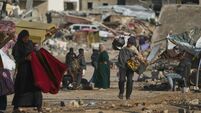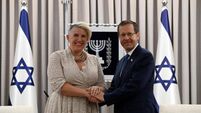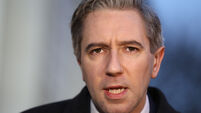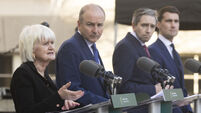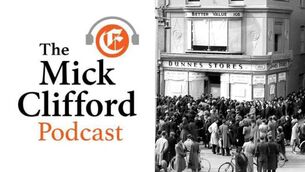Trump declares ‘war is over’ in Gaza — but behind the spectacle, peace looks more like performance
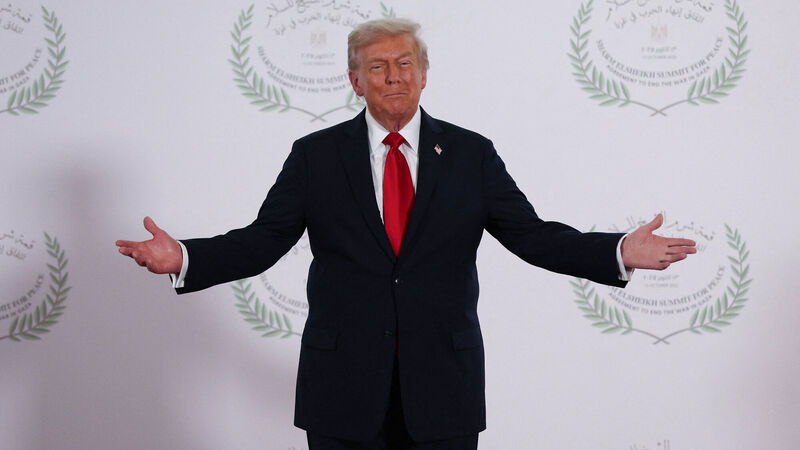
US president Donald Trump poses for a photo during the Sharm El Sheikh peace summit in Egypt on Monday. Picture: Suzanne Plunkett/PA Wire
In Jerusalem, the American Emperor is holding court. Seated at the large desk, he brings out his signature black Sharpie to sign the book.
His manservant, the Israeli prime minister, stands uncomfortably behind him, staring as the proclamation is written.




